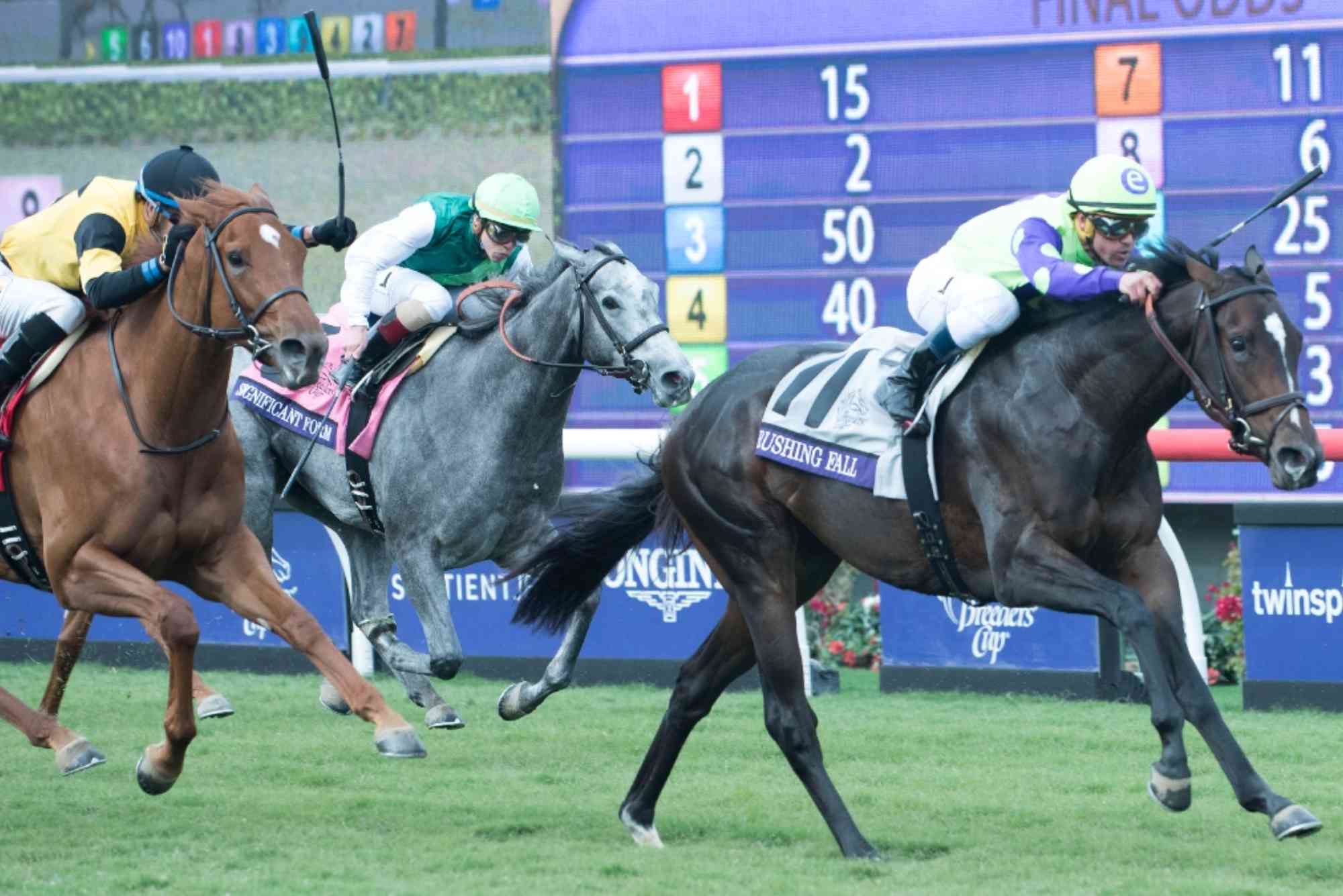Introduction
Horse racing has been a thrilling sport for centuries, and betting on it adds an extra layer of excitement. Whether you’re new to horse racing betting or looking to refine your strategy, understanding the basics is essential. This guide will take you through everything you need to know, from different bet types to strategies that can help maximize your winnings.
What is Horse Racing Betting?
Horse racing betting involves placing wagers on the outcome of horse races. Bettors analyze horses, jockeys, and track conditions to make informed decisions. There are different types of bets, including straightforward win bets and complex exotic wagers that involve multiple horses and finishing positions.
How to Bet on Horse Racing?
Betting on horse racing requires a combination of knowledge, analysis, and strategic decision-making. Follow these steps to place a bet successfully:
Choose a Betting Platform
First, select a reputable bookmaker or online betting site. Ensure it is licensed and offers competitive odds. If you’re looking for the best online betting sites UK, check out our recommended platforms.
Online betting platforms offer the convenience of placing bets from anywhere and often provide valuable insights, including expert tips and live race tracking. Many sites also feature promotional offers for new users, giving you additional value when you start betting.
Understand Different Bet Types
Familiarize yourself with the various betting options:
- Win Bet – Your chosen horse must finish first.
- Place Bet – The horse must finish in the top two or three positions.
- Each-Way Bet – A combination of win and place bets.
- Exacta & Trifecta – Predict the first two or three horses in exact order.
- Superfecta – Predict the first four horses in the correct order for higher payouts.
Exotic bets such as trifecta and superfecta offer larger payouts but come with higher risk. Beginners should start with simpler bets and gradually explore more complex options.
Analyze the Race Card
Before placing a bet, study the race card, which provides details about the horses, jockeys, trainers, and track conditions. Factors like previous performance, jockey experience, and race distance play a crucial role in a horse’s chances of winning.
Many bettors also use speed figures and class ratings to gauge a horse’s competitiveness. Observing how a horse has performed under similar conditions can provide a significant edge when making a betting decision.
Manage Your Bankroll
Set a budget before betting and avoid wagering more than you can afford to lose. A disciplined approach will help sustain your betting activity over time.
Using a staking plan, such as the proportional betting method, can help you manage your funds wisely. Avoid chasing losses and always bet with a clear strategy to prevent impulsive decisions.
Place Your Bet
Once you’ve analyzed the race and decided on your bet type, proceed to place your wager through an online bookmaker or at a betting window.
If you’re betting online, make sure to review your bet slip before confirming. Double-check the odds, bet type, and stake amount to ensure everything is correct.
Best Strategies for Betting on Horse Racing
Follow the Form Guide – Check past performances, recent wins, and how a horse fares on different track surfaces.
Consider the Jockey and Trainer – Experienced jockeys and trainers often increase a horse’s chances of winning.
Watch Market Movements – Sudden shifts in odds can indicate insider confidence in a particular horse.
Study the Weather and Track Conditions – Some horses perform better on wet or dry tracks.
Use a Betting Exchange – Platforms like Betfair allow you to place bets against other bettors for better odds.
Diversify Your Bets – Spread your risk by placing different bet types rather than relying on a single wager.
Take Advantage of Promotions – Many bookmakers offer bonuses and cashback offers that can enhance your betting experience.
Understanding Horse Racing Odds
Odds in horse racing determine the potential return on your bet. They are displayed in different formats, such as:
- Fractional (e.g., 5/1) – If you bet $1, you win $5 plus your initial stake.
- Decimal (e.g., 6.00) – A $1 bet returns $6 in total.
- American (e.g., +500) – A $100 bet wins $500.
Understanding odds and implied probability can help you assess value bets and make more informed betting choices.
Common Mistakes to Avoid in Horse Racing Betting
- Betting Without Research – Always analyze race data before placing a bet.
- Ignoring Track Conditions – Different horses perform better on varying track surfaces.
- Overbetting – Avoid placing too many bets without a clear strategy.
- Not Shopping for the Best Odds – Compare odds across multiple bookmakers to maximize potential returns.
- Letting Emotions Drive Decisions – Stick to a strategy rather than betting on personal favorites.
FAQs on Horse Racing Betting
1. What is the safest bet in horse racing?
The safest bet is usually a place or each-way bet, as they offer a higher chance of winning compared to win bets.
2. How do I read horse racing odds?
Horse racing odds are displayed in fractional (e.g., 5/1) or decimal (e.g., 6.00) format, representing the potential return on your wager.
3. Can I bet on horse racing online?
Yes, many licensed bookmakers offer online horse racing betting, making it convenient to place wagers from anywhere.
4. What is an exacta bet?
An exacta bet requires you to predict the first two horses in the correct finishing order.
5. How do I increase my chances of winning?
Research, follow expert tips, analyze horse form, and use strategic betting methods to improve your chances.
6. What are the best races to bet on?
Major horse racing events like the Kentucky Derby, Grand National, and Melbourne Cup attract large betting pools and offer significant opportunities.
7. Should I use horse racing betting systems?
Betting systems can help structure your approach, but no system guarantees wins. The key is to analyze races effectively and bet responsibly.








